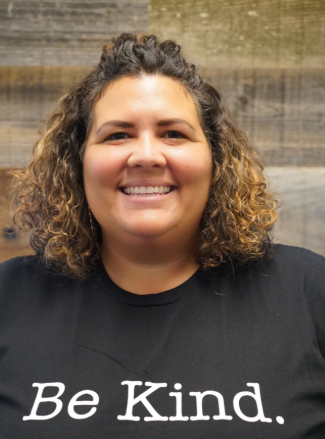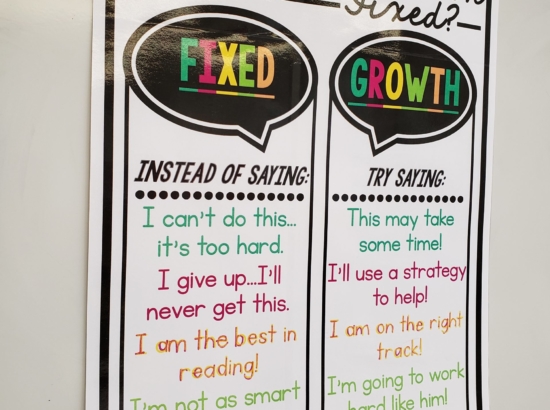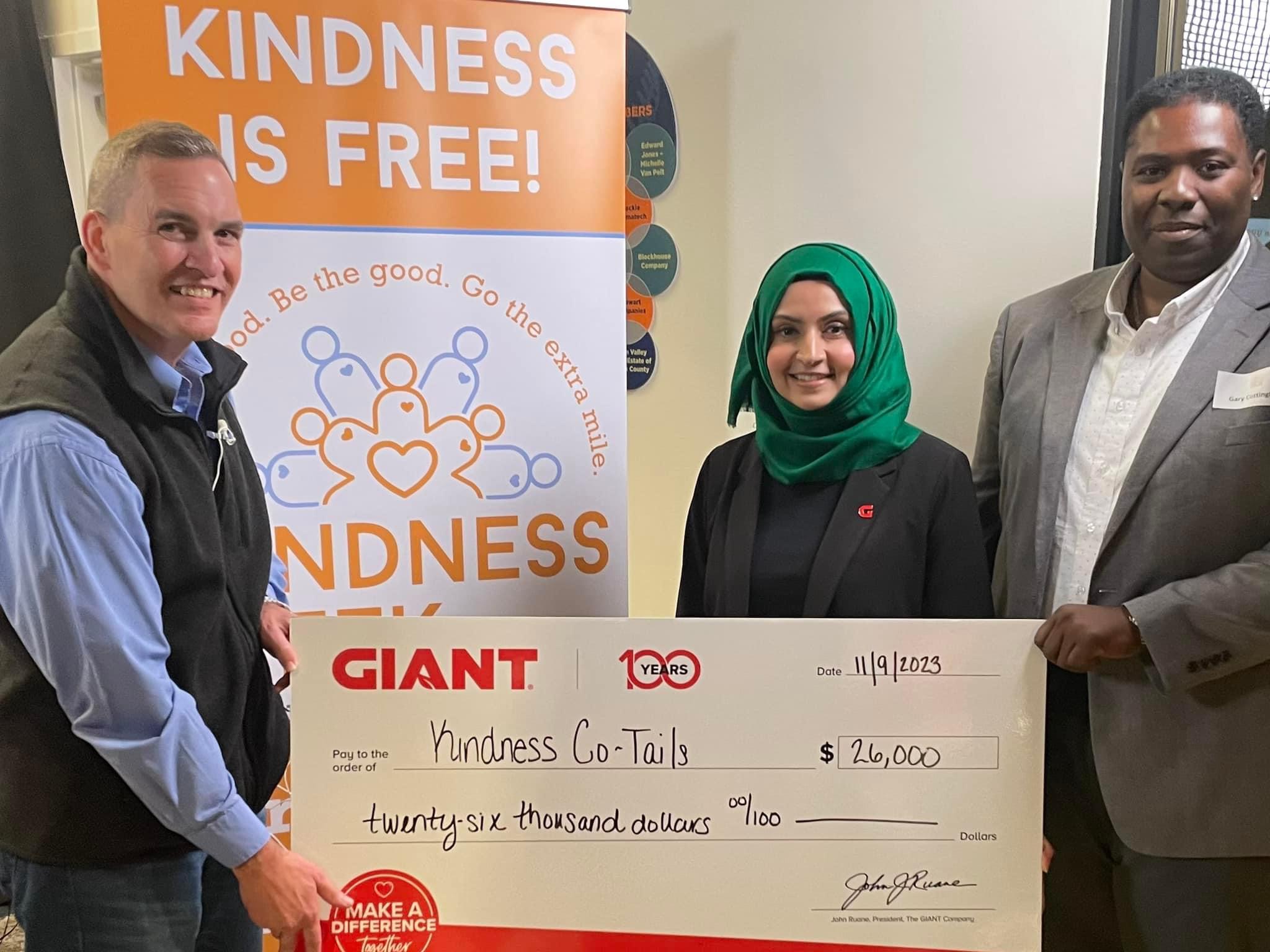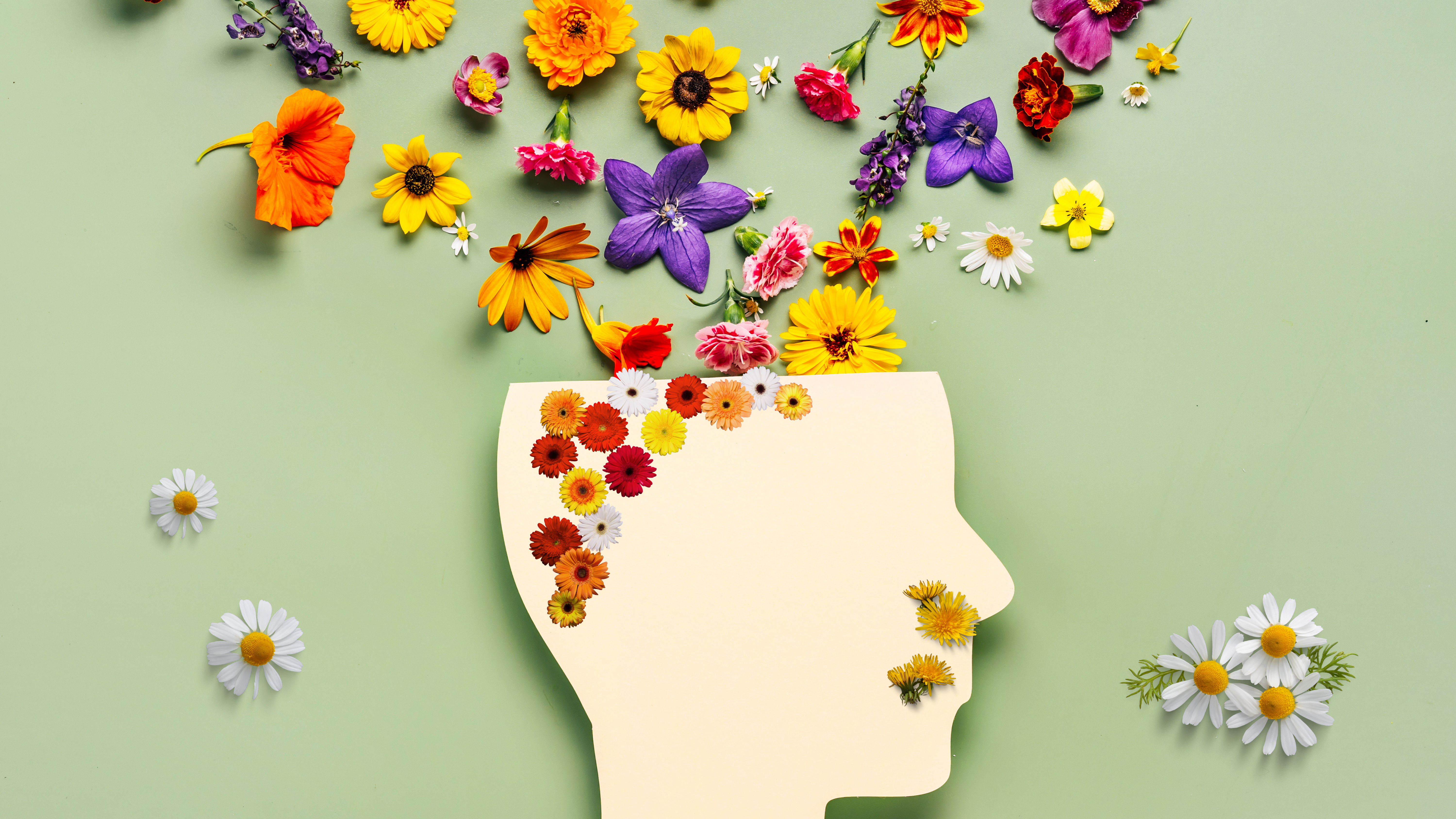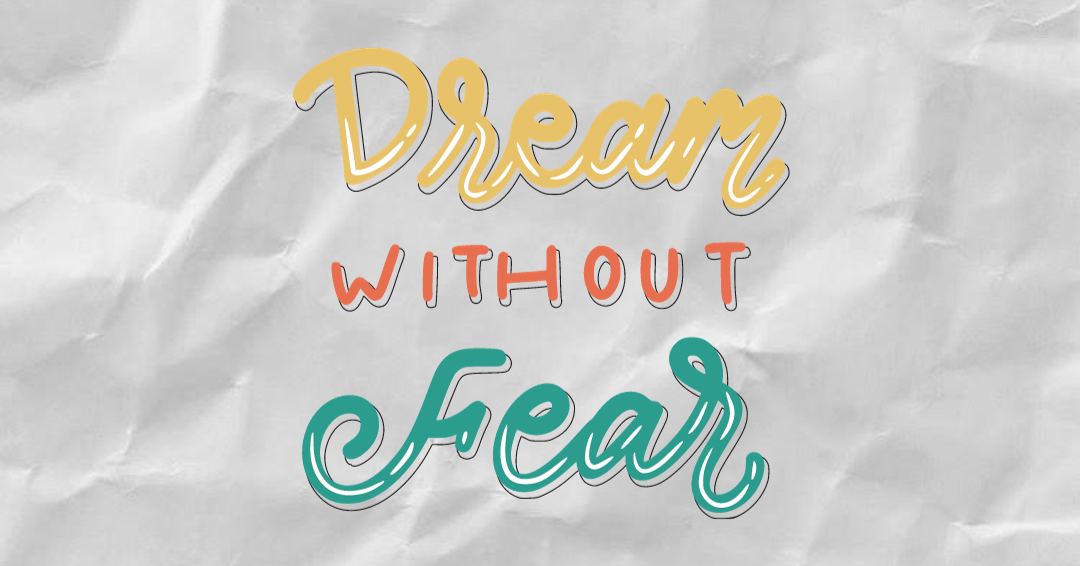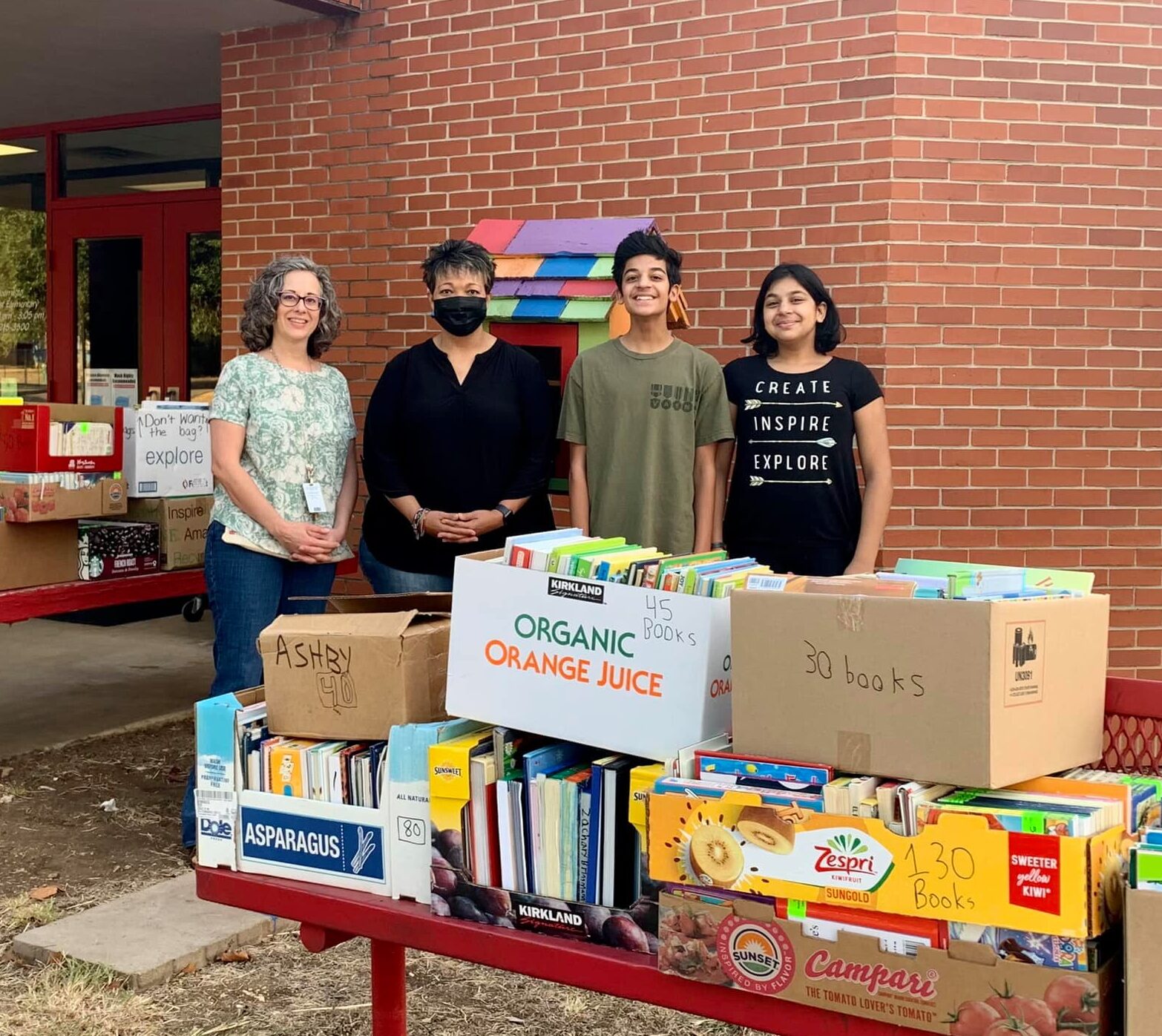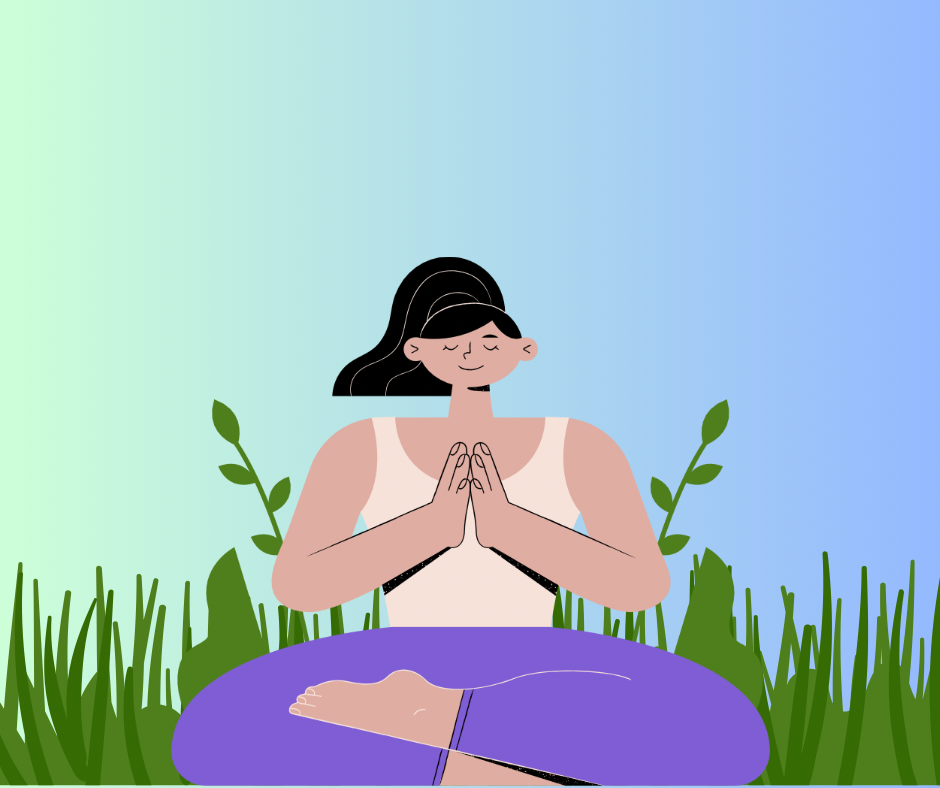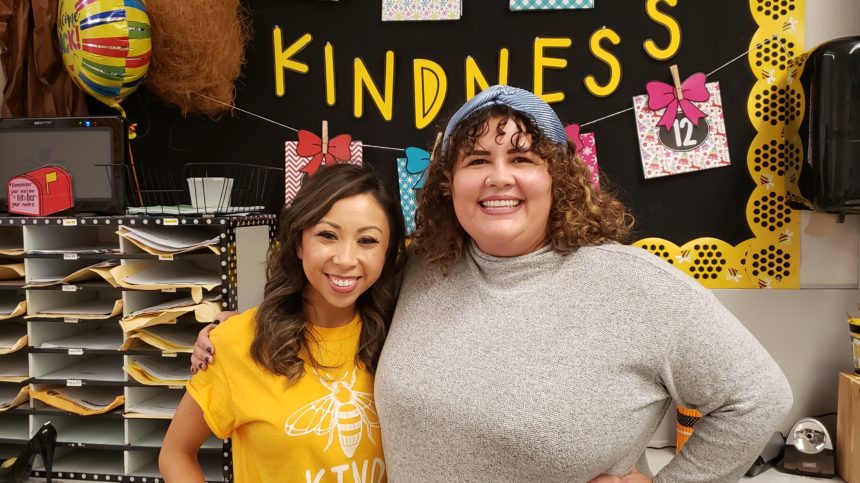
It was a cold, cloudy day as I drove along highway 4 to the California suburb of Pittsburg. I scanned the radio channels in search of a familiar song to help pass the time. I chuckled out loud when I stumbled upon a Lizzo song. Today was the day I was going to meet Dorothy Mallari and her second-grade class who remade Lizzo’s Truth Hurts, using positive educational lyrics.
When I arrived at Mrs. Mallari’s room, I was struck by all the bright colors and the loud buzz of busy children. Above the front door hung a sign, “Welcome to our Class Hive.” Since I am an Instagram follower of Mrs. Mallari, I knew that her first name is DorothyHoney and that her class is known as The Hive. On the wall to the left, there was a full-length mirror with a yellow frame and the phrase: “Say HELLO to your Best Self” inscribed at the top. On my right, there were posters about Growth Mindset vs. Fixed and once again descriptors for being your best self. And in the front corner, there were letters cutout that read: “Kind Words are like HONEY.” I was sincerely touched by the intention behind her decor. I felt confident and comfortable, and overall at ease in her classroom. And I was just a guest.
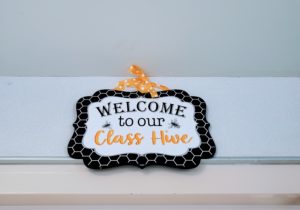
Mrs. Mallari called attention to her class and asked for everyone to wrap up what they were doing. With grace and enthusiasm, she instructed the class on how exactly to move from their desks to the carpet – in syllable-steps. Mrs. Mallari said: “La-dy Ga-ga” her students echoed her and took steps with each syllable. She continued, “Born This Way” and the students chanted “Born This Way.” Her last word choice was “Beautiful” the students once again repeated her and this time everyone made it all the way to the center carpet and took a seat. Mrs. Mallari briefly introduced me to her class and I explained to everyone that I work for Born This Way Foundation. I told them about how we support mental wellness and that I was there to discuss, in particular, one of our core pillars – kindness.
I started by asking the second graders if they knew what kindness was. Their answers were perfect. “Kindness is love.” “Kindness is doing nice things for other people.” “Kindness is showing someone you care.” And then, “Kindness is the best. It makes me feel my spirit.” I closed my eyes and put my hand on my chest in awe of what this little boy had just said. I opened my eyes to the sound of snapping. The rest of the class was snapping and nodding their heads. Mrs. Mallari turned to me and told me that when the class hears a comment they agree with they snap to acknowledge the comment. I couldn’t believe my eyes or ears for that matter. What an amazing lesson Mrs. Mallari had shown them to recognize and encourage their peers. I continued the conversation. We talked about what being kind to our bodies meant – working out, eating right and all the benefits that come with fueling our body properly. Then we talked about what being kind to our minds meant. I expressed to them the importance of the feelings that accompany kindness, both when you give and when you receive it. I told them that, for me, kindness is a food that fuels our emotions and our minds. To which the class replied…with snaps. I was moved. It was a powerful conversation.
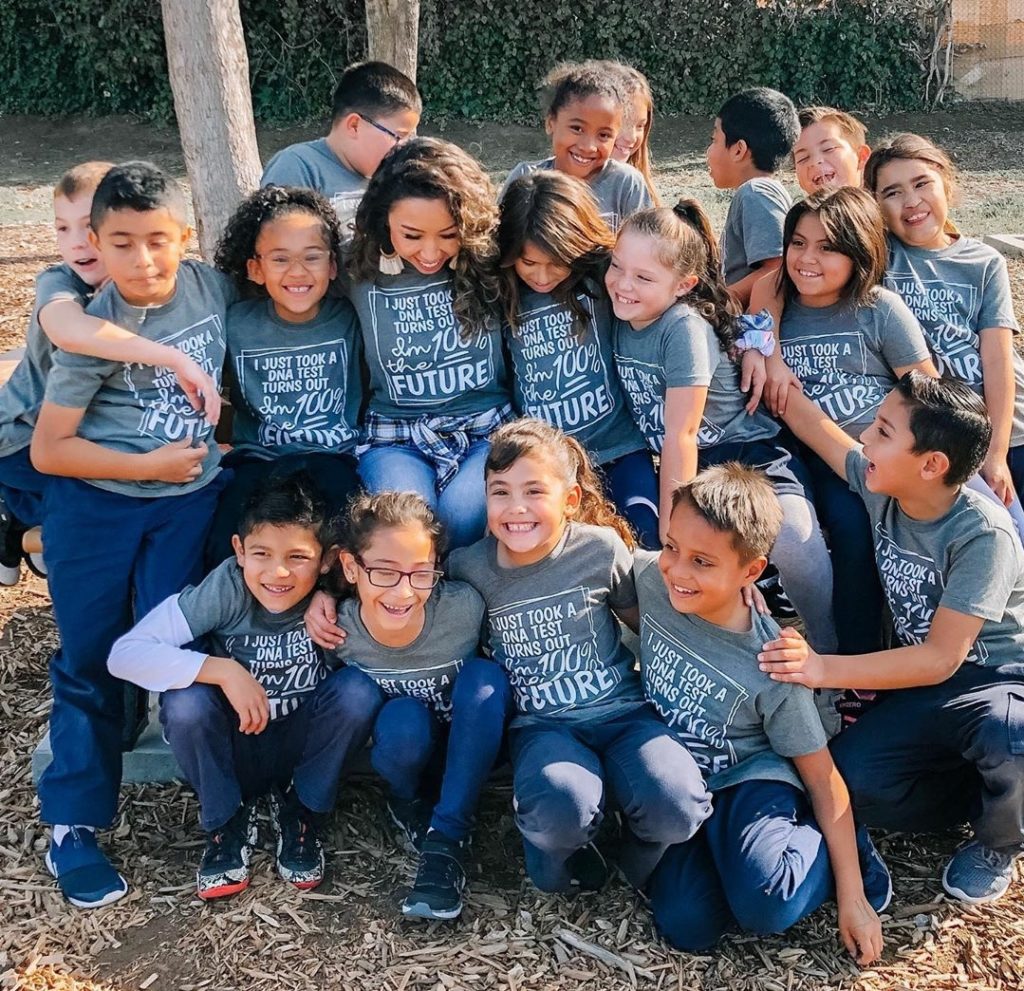
After class, I had the opportunity to sit down with Mrs. Mallari and get to know her a bit. I was curious as to what motivated her to become a teacher, where she learned such creative techniques and what role kindness played for her in the classroom.
Risa: I know you have been teaching for about 5 years now. Have you always wanted to be a teacher? When did you know this was the career path for you?
Mrs. Mallari: Being a teacher has always been a dream of mine! 2nd grade holds such a special place in my heart because it was the year I wrote about wanting to become a teacher! I remember looking at my teacher, Mrs. Michael. I admired her gentle spirit and her compassion not only for her students, but for everyone in our community. She made me feel safe, she made me feel loved, but most importantly, she made me want to do that for others.
I remember setting up my “classroom” in the corner of my house and gathering my little sister and cousins around me as I taught them how to read as if they were my students. Everyone who has ever known me, knew that I’ve always wanted to be a teacher. That’s all I would ever talk about. And even as I grew older and explored new passions and skills, it only validated my desires to be a teacher even more. I realized that there was not another job in the world that could combine all passions in one: kids, education, acting, dancing, party planning, counseling, building relationships…I have the privilege of doing it all as a teacher.
Risa: You got your Liberal Studies degree at San Diego State and you mentioned you had an emphasis in Children’s Theater. This is no surprise to me after visiting your very animated and heavily engaged classroom! What tools did you learn in those theater classes that have served you in teaching today?
Mrs. Mallari: Goodness, there are so many useful tools I’ve learned from my Children’s Theater classes that not only have helped me in the classroom, but in everyday life! For starters, acting has taught me how to improvise well (which seems to be something we practice everyday as teachers). Just like actors, teachers need to learn how to roll with the punches and fly with things that might not be on the “script” or in my case, class lessons.
I’ve also learned how to use animated speech and gestures to capture and keep my students’ attention. I’ve discovered that changing my voice and facial expressions will always bring back that one student who was just about to doze off. Another technique I’ve learned is how to create elements of surprise when teaching my lessons, especially when I’m first introducing my lesson. The use of suspense and surprise seems to get them every single time. It keeps them at the edge of their seats, and gets even the most difficult student to be an active participant in their learning.
Risa: We all saw the amazing viral video of your Lizzo re-make of Truth Hurts. What was the inspiration behind the song?
Mrs. Mallari: Every year I create a “morning song” to go with our daily rule chant. Though it might be a tradition of mine, each song is completely inspired, personalized, composed by the students I have that year. My students this year are filled with so much compassion, empathy, kindness, and overall greatness! I knew that once we found a song or beat that they could all groove to, the lyrics we put together would naturally embody this class’ vibe and values.
Risa: Your lyrics to the song are so uplifting. How has the song impacted your students self-confidence?
Mrs. Mallari: Thank you! I think every lyric they sing gives them a greater sense of belonging and improved self-esteem. Though the lyrics are inspired and created by the students, sometimes they forget who they are and the values we carry, especially on our “bad” days or times of frustration. My favorite part about our morning song is seeing the instant shift in their language and the bond that it creates around the classroom. Whenever we have a problem in the class, it just takes one student to call out, “In this class….” And you hear the entire class respond with the next line of our lyrics, “…you’ll never catch us fighting!”
Or before we leave the classroom and head to an assembly, prep class, or lunch, I state, “Let’s be great!” and they instinctively respond with “because I know we are great!” That simple statement automatically reminds them of all the lessons we learned about being our best self and representing ourselves and our family the best way we can.
Risa: You have such a beautifully organized and vibrant classroom! Can you tell me a little bit about your “Say HELLO to your Best self” mirror and corner in the classroom?
Mrs. Mallari: As their teacher, I want to do everything I can to help my students explore what their best self looks like and how good it feels when we act like that person. I want them to fully express themselves, explore how far they can go, to stand in their fullest potential and be the best version of themselves.
In the beginning of the year, I did a powerful lesson about being “your best self.” I had the students recall a time when they were NOT their best self. They shared experiences they had at school, at home, or when they made a choice they regretted. I then invited the kids to share a time when they felt like they WERE their best self. I told them to envision looking at themselves in a mirror while they were being their very best and imagine what they were doing and how it felt. Next, I had them write down their answers on a piece of paper that had a template of a mirror. One by one, I had the students go to the back of the class with me as I held up a real mirror and invited them to read out loud, “When I am my best self, I….” and they went on to read their list.
I keep their project near our class mirror as a reminder throughout the year to always be your best self. My students know how to identify their emotions. This exercise helps us practice being our best self through any emotion, even the challenging ones. To me, the power in this lesson is when the students self-reflect after a situation and tell me, “Mrs. Mallari, I wasn’t being my best self. I know I could do better. Next time I’ll __________ to really show my best self.”
Risa: Research shows children learn by doing. Can you share some additional ways in which you support your students learning social emotional growth?
Mrs. Mallari: I am a true believer that children learn by doing, therefore the best way to teach social emotional growth in the classroom is through modeling. Being kind to one another is a great way to teach, not only the act of kindness but empathy as well, which is an important emotional tool. In the beginning of the year, I model, model, model!
Another activity I do with the class is called, “Positive Trash Talk.” This activity was inspired by the Whole Brain Teaching method, where students lift each other up by positively trash talking one another. For one minute, students go back and forth complimenting each other on their character traits. The goal is to try to say as many kind things as possible. We do this a lot before we do something competitive or if the energy in our classroom needs a little uplifting.This activity changes the energy in our classroom instantaneously and cultivates a supportive and positive learning community that is ready to take on any task at hand. It’s been one of my greatest tools in my classroom!
Another routine that I am very intentional about is our Morning Meeting. After we sing our song and chant our rules, my class and I come together on the carpet for a welcome message and “checking-in.” Students take turns stating one honest word that describes how they’re feeling that morning. The second time around, they use less than five words to describe what they need. Their responses can vary from needing space, a friend, a hug, someone to talk to, or an ally. Our Morning Meeting is another opportunity for what we call our “class family” to develop empathy as they learn to listen with understanding and consider how best to respond to their peers with kindness.
Risa: Your students had such lovely and kind things to say about you! From one (former) teacher to another, your trusting and caring relationships with your students is admirable. During my visit the students corrected you when you addressed them as friends and stated, “No, we are family!” This was so sweet to hear. If there was one lesson you could ensure stayed with this family as they progress through Los Medanos Elementary and beyond into the challenging teen years, what would that lesson be?
Mrs.Mallari: I hope that my students will always remember that everything we did in my class was to be able to bring out the best in them. I want them to remember that for an entire school year they had a “class family” who saw them the way they wanted to be seen and that we worked together to be the best version of themselves. This was in hopes, that the more they saw their best self, the more capable they would be in seeing the best in others as well. Thus, treating others with kindness and compassion!




